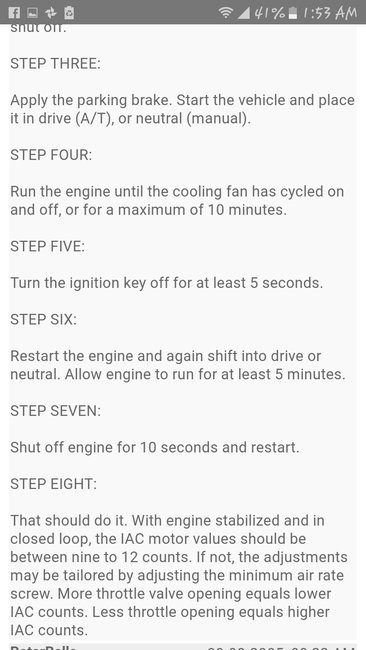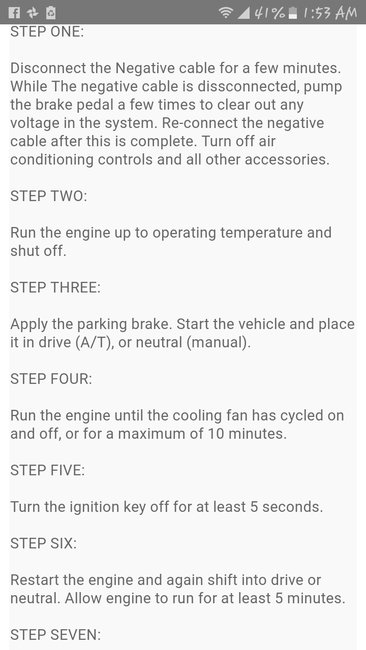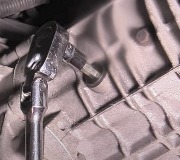Sorry that I didn't take the time to explain it more clearly. You can't do a transmission flush yourself. The shops that offer the service use a special machine costing over $2,000.00. It connects to the cooler lines to pump the fluid in and out.
What YOU can do, if you don't mind getting messy, is the fluid and filter replacement. That only gets about half of the old fluid out, but the important points are the filter gets replaced, and the new fluid has plenty of additives in it to meet the needs of the transmission.
The charts you posted are for much older cars. There were some weird procedures when throttle position sensors were a new thing and were stuck inside computer-controlled carburetors. I wrote a paper on the 1980 models for a graduate class in college that covered them under "new technology". The first clue was the reference to the idle speed adjusting screw. No engine has had that since the mid to late '80s. When we did have those, air could enter the engine through the partially-opened throttle blade, which we could adjust, and through the controlled air passage around the throttle blade, which is what the computer uses to set the idle speed. If you adjust the idle stop screw for a higher idle speed, the computer will just come along and close the valve more to bring the idle speed to where IT wants it to be.
On your engine, the idle speed motor is the same exact part that is used on Chrysler products. The computer pulses the motor to one of 256 positions, and as it rotates the armature very slowly, it is turning a threaded rod that has a pintle valve on the end. As the steps increase in number, more of the valve opens up, and more air can bypass the throttle blade. For a properly-running engine, step 32 is typically what you'll find it set to. With a single-cylinder misfire, you can expect to see it on around step 50. In the case of Chrysler products, if "minimum throttle" hasn't been relearned after the battery was disconnected, idle speed will be too low, and stalling and hard starting are common unless you hold the accelerator pedal down 1/4". This is a case where the drive cycle I mentioned becomes the issue. A very specific set of conditions, including unusually-high intake manifold vacuum, and a perfectly steady reading from the throttle position sensor, are required for the computer to know when your foot is off the accelerator pedal. All of the relearn conditions are met by driving at highway speed with the engine warmed up, then coasting for at least seven seconds without touching the pedals. Moving the accelerator pedal, (throttle position sensor) or tapping the brake pedal, cancels the relearn.
The clue the instructions you were given did not come from GM is the phrase, "That should do it" in step 8. Technical manuals, to include manufacturers' manuals, are never written like that. Those instruction were written by a technical person. They just wouldn't appear in the service manual that way. This is how a description would be written on a consumer-level web site to disseminate information.
I'm going to add your post to my list of information that needs to be remembered. I post Chrysler's relearn procedure three or four times per week, and have it memorized. I've never been asked about older GM cars yet, but when the day comes, I'll be ready. Thank you.
Tuesday, April 18th, 2017 AT 11:49 PM





